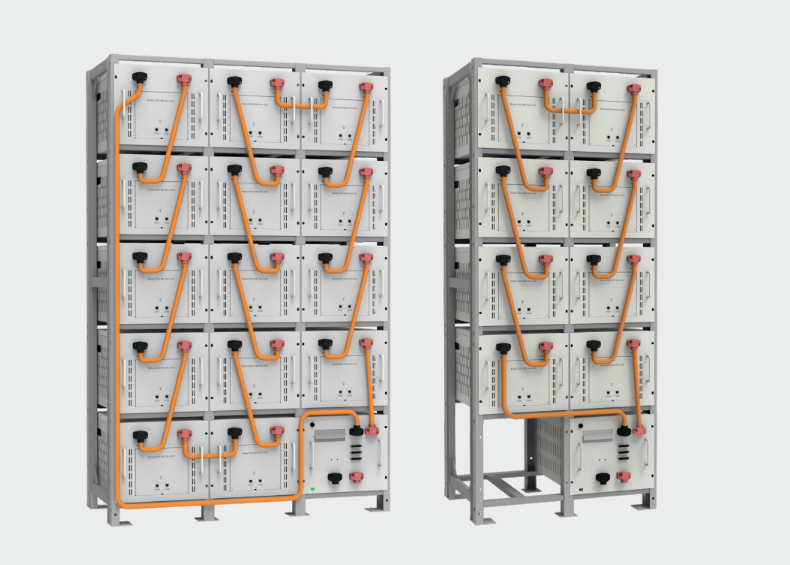Chinese storage system provider Shenzhen Atess Power Technology Co Ltd has upgraded its lithium-ion battery for commercial application, by integrating an active balancing technology.
“The application of active balancing will ensure that the battery system always is in the best performance condition, hence improving the service life of the battery. Also, it can make the battery system adapt to diverse load conditions, meanwhile greatly reducing the cost of maintenance and increasing system reliability, stability and load adaptability,” a spokesperson from the company told pv magazine. “It is currently being sold in all markets and is also suitable for utility scale projects.
The battery module is sold with a capacity ranging from 100 to 200Ah and a storage capacity of 7.68kWh. The voltage range spans from 67.2-87.6V to 33.6-43.8V, and the voltage from 76.8V to 38.4V.
The product measures 360x280x660mm and has a weight ranging from 76 to 76.5kg. Up to 19 battery modules can be stacked together in a battery cabinet to reach a storage capacity of 145.92kWh, with a rated voltage of 729.6V. The battery also features IP20 protection and a battery management system.
The product with the active balancing technology is offered with a 10-year product warranty, and the battery without the new feature maintains a five-year warranty. The performance of both devices is guaranteed for up to 6,000 cycles.
“Lithium batteries in the running process are affected by a variety of features, such as over-voltage, under-voltage, overcharge, discharge, thermal runaway and voltage imbalance between batteries,” the manufacturer said in a statement, noting that the most important factor among those cited is voltage imbalance, as it reduces the capacity of each battery module in a battery cabinet.
The company explained that the weakest battery module determines the performance of the overall battery pack and that, in order to ensure the overall performance of the battery pack, each cell in the battery pack should be balanced to lower the voltage difference between the cells as much as possible.
The manufacturer also emphasized that its dissipative balancing technology equalizes the state of charge (SOC) of each cell by dissipating the energy from the higher SOC cell, stating: “Our balancing technology transfers energy from a cell with a higher SOC to a cell with a lower SOC, so that the SOC of each cell is equal.”
This content is protected by copyright and may not be reused. If you want to cooperate with us and would like to reuse some of our content, please contact: editors@pv-magazine.com.




Li batteries require smart electronic circuits to function properly. I am afraid that affects the overall reliability and could become a danger in spontaneous combustion.